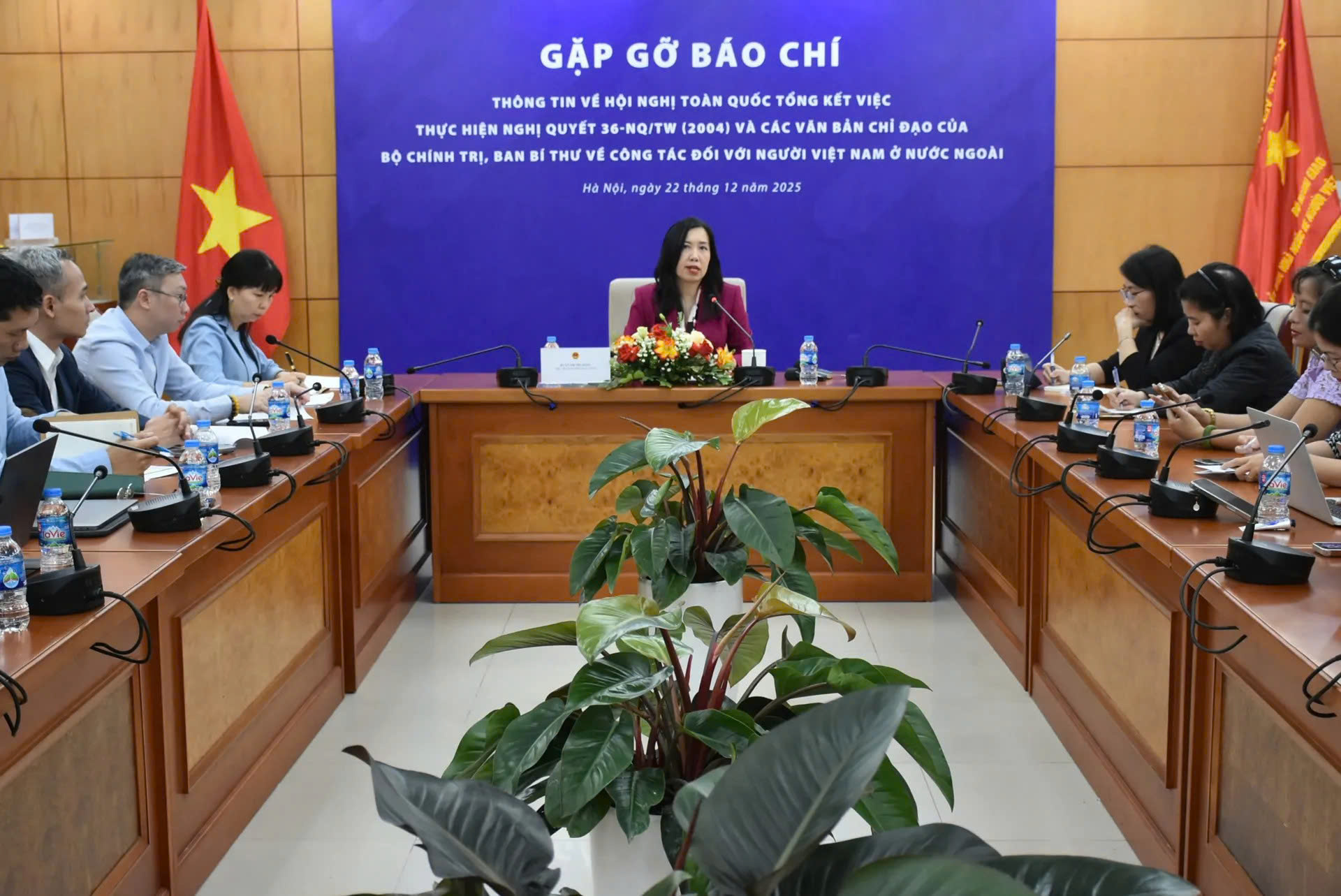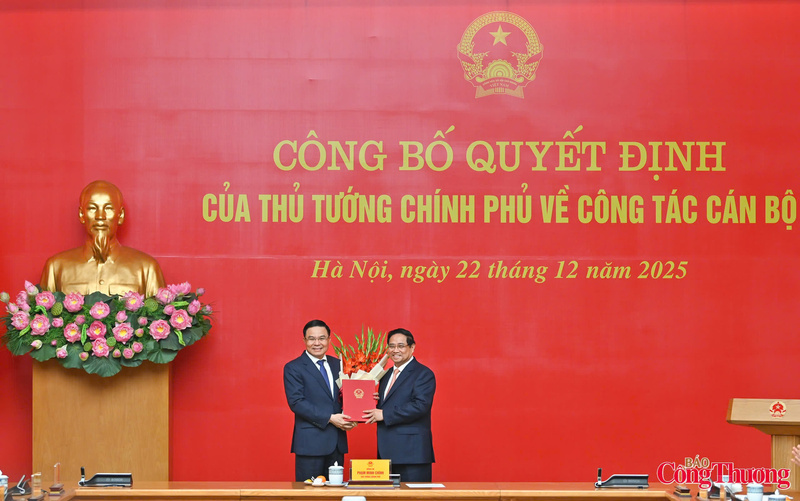
Party chief hosts OV representatives returning home for Homeland Spring 2025
19:05 | 23/03/2025 18:22 | 19/01/2025News and Events
Highland soul captured in every specialty
Across the mist-covered mountains of the Northwestern region or the rugged stone plateaus of the Northeastern region, seemingly humble products like purple taro, sticky rice from upland fields, the pungent aroma of mắc khén (wild pepper), or silvery Shan Tuyet tea buds, hold within them entire cultural worlds rooted in the sacred soul of the mountains.
Unlike mass-produced industrial goods, each highland product is a living fragment of history, a vessel carrying centuries of indigenous knowledge. It reflects age-old rituals such as rice field offerings before planting season, traditional fermentation techniques using native herbs, and the art of picking ancient tea buds at dawn when dew still clings to the leaves. These practices imbue the product with value far beyond its economic worth.

Highland specialties carry cultural identity, when preserved, they transcend commodities to embody the very soul of their homeland. Photo: Ngoc Hoa
While nature’s gifts, altitude, climate, and soil, lay the foundation, it is the hands, hearts, and cultural wisdom of local people that make these products unique. Take the ancient Shan Tuyet tea from Dien Bien Province’s Tua Chua District, for example: it only grows on rocky mountains at 1,500 meters above sea level. The tea leaves are coated in mist, and the trunks bear the marks of time. Such a product cannot be industrially replicated.
Nestled in a windswept stone plateau, Tua Chua preserves both unspoiled nature and the enduring traditions of ethnic groups like the H’Mong, Dao, and Ha Nhi. This cultural wealth is not only a magnet for tourism, but also a foundation for transforming local specialties into cultural symbols.
Nguyen Van Manh, Director of the Tua Chua District Center for Culture, Radio and Television, emphasized: “Dien Bien Province has identified tourism as a strategic pathway for poverty reduction and sustainable development. In this journey, Tua Chua stands out as an indispensable highlight, a land of pristine and mysterious beauty where culture and local specialties come together to tell a unified story.”
As part of this strategy, local authorities have actively built the brand identity “Tua Chua – Pristine and mystical beauty” and organized festivals combining agricultural experiences, cultural expression, and tourism. Visitors to Tua Chua don’t just admire the rocky landscapes, they sip Shan Tuyet tea brewed from fresh spring water, enjoy grilled native black chicken with mac khen spice, take part in the Gau Tao festival, and learn traditional techniques like hemp weaving and indigo dyeing.
“To attract visitors and elevate the value of local products, cultural identity must be vivid and expressed through experience. The product is no longer inanimate; it becomes a vehicle to tell the story of a land, its people, and their traditions,” Manh said.
Many highland regions once faced a frustrating paradox: they had unique products but couldn’t sell them, or they managed to market them but lost their cultural soul. The key challenge often lies in storytelling. A brand is not just a logo or slogan, it’s how people remember a place through its products.
Why does the mere mention of mac khen evoke the Northwestern region? Why does Shan Tuyet tea instantly bring to mind Ha Giang, Yen Bai, or Tua Chua? Because these specialties are tied to specific images, distinct environments, and irreplaceable cultural experiences. You cannot grow mắc khén in the lowlands and retain its spicy aroma. You cannot ferment corn wine elsewhere and replicate the wild mountain flavor of that created by H’Mong people in Lao Cai Province’s Bac Ha District.
The success stories of Lao Cai, Son La, Ha Giang, and Dien Bien show that products embedded in cultural identity have long-lasting vitality. They resonate emotionally with consumers and are more likely to create beloved brands. Here, culture is no longer a “wall painting”, it becomes living material, something that can be packaged, consumed, retold, and preserved.
Linking products with tourism: From village to the world
In the age of “experience as king,” tourism is not just about destinations, it is a journey into cultural identity. When a product is consumed in a tourism space, where visitors see, touch, and taste it, it becomes more than a commodity; it becomes a memory and an emotional connection.
In community tourism models in Tua Chua, Ha Giang, or Moc Chau, tourists can live “a day in the life of a highland farmer”: picking tea, stripping hemp, making Khau Sli cakes, playing the bamboo flute, or sharing meals with local families. These specialties, once experienced firsthand, become treasured souvenirs, each carrying a story, cultural value, and lasting impression.

the most critical step in elevating highland products is not media or technology, it is awakening local confidence in their own creations. Photo
Products sold through tourism channels fetch higher prices and face less competition because each item is personalized and irreplaceable. This also encourages locals to improve quality, preserve traditional methods, and build brand images with pride.
Ultimately, the most critical step in elevating highland products is not media or technology, it is awakening local confidence in their own creations.
Nguyen Van Manh shared: “The key transformation is in people’s mindset, from simply farming to consciously building a brand. When locals understand that each black chicken, each purple taro, or each tea bud represents their homeland and culture, they will take pride in every step of production.”
As this pride spreads, even the most modest products no longer remain hidden halfway up the mountains. They gradually become icons of local pride and national identity.
When every highland product is not merely a crop, but a piece of the village’s heart, culture, and memory, the path to the market is no longer just about consumption. It becomes a journey to affirm cultural identity.
From earthen houses in Tua Chua to bustling mountain markets echoing with the sound of bamboo flutes, from frost-covered tea buds to rustic textiles, everything quietly tells a story. A story not just to be heard, but to be felt, remembered, and bought. When that story is told through the voices of local people, through immersive tourism, and through pride in their heritage, the product ceases to be anonymous, it becomes a symbol of a place.
This is a long journey, not an easy one, but each step is steeped in cultural value. It is this very path that will help ethnic minority and highland products not only survive in a modern market, but rise to become emblems of national pride, a “soft flag” raising the profile of lands once hidden behind mountains. When products can tell stories, when culture walks alongside, and when tourism builds bridges of connection, then the village is no longer distant, and its products no longer unknown.

19:05 | 23/03/2025 18:22 | 19/01/2025News and Events

19:05 | 23/03/2025 16:47 | 06/01/2025Culture

19:05 | 23/03/2025 17:23 | 05/10/2024Policy

19:05 | 23/03/2025 16:32 | 23/12/2025News and Events

19:05 | 23/03/2025 16:30 | 23/12/2025Trade

19:05 | 23/03/2025 23:26 | 22/12/2025Industry

19:05 | 23/03/2025 23:19 | 22/12/2025News and Events

19:05 | 23/03/2025 14:41 | 22/12/2025News and Events